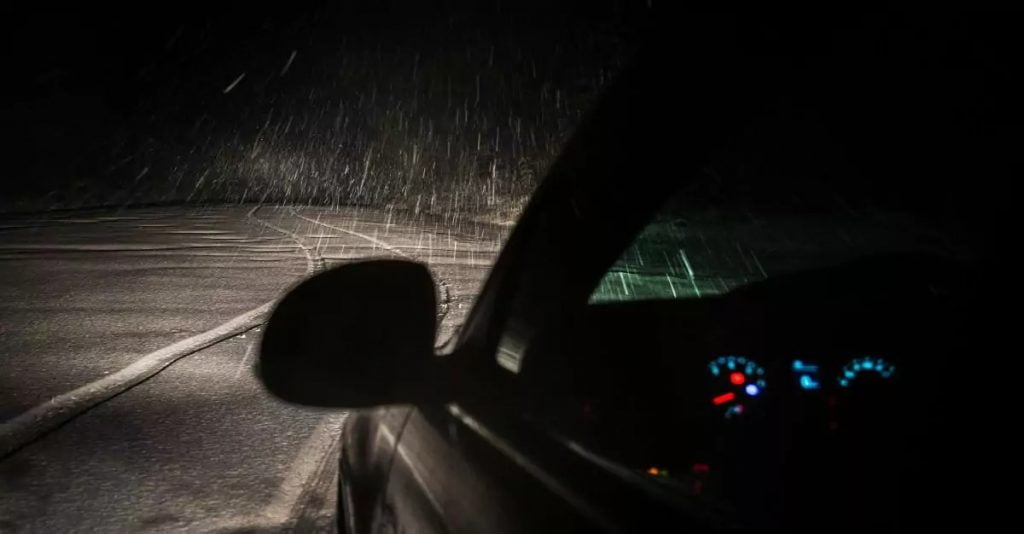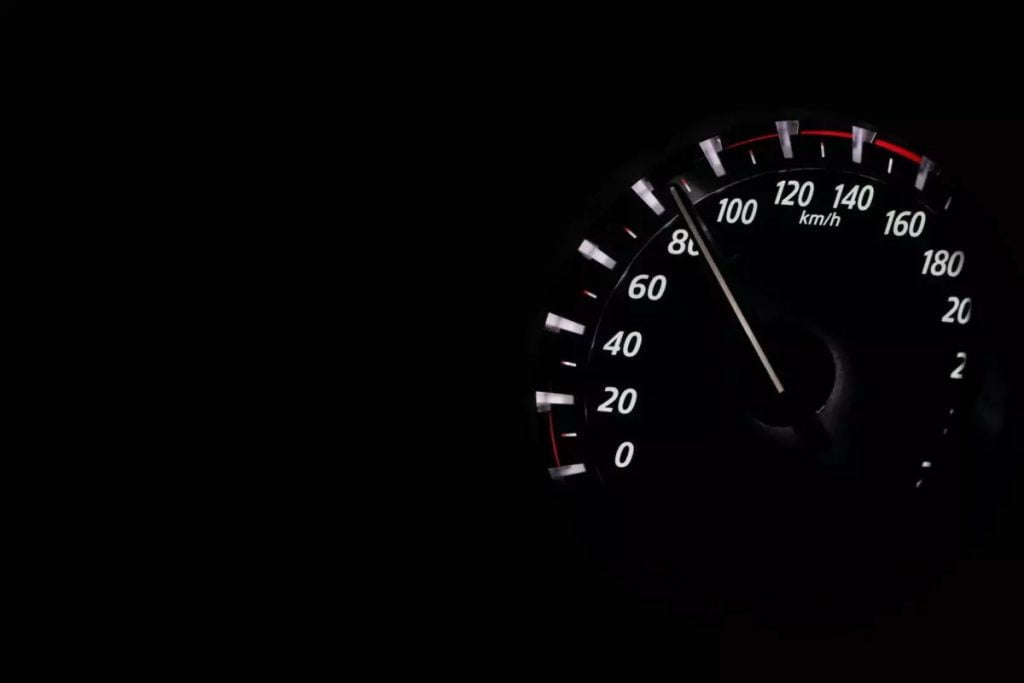Do you get nervous when driving at night? Does it stress you out to have to fight off the glare of oncoming cars or tailgaters with their high beams on? Do you feel less in control of your vehicle after the sun goes down?
Trust those instincts – driving at night really is more dangerous than driving during the day and the numbers prove it. There are three times more accidents at night than there are in daylight hours.
Night driving presents several unique challenges you won’t run into during the day and you need to be prepared for them. Here are a few tips that can help you stay safe during the witching hour.
It’s not how bright your headlights are, it’s the angle
One of the major problems of driving at night is how bright other headlights appear. Glare is a serious issue that is only getting worse in recent years with more and more headlights being sold based on their candle power and blinding white clarity. This is especially frustrating when every oncoming car looks like a miniature star mid-supernova, while your own headlights are barely illuminating the road ahead. It is tempting to fight fire with fire and rush out to buy the brightest set you can find yourself, but before you do that, it might be better to check the angle of your lights.
Many drivers mistake poor headlight performance on low-intensity bulbs when really the culprit is they’ve become improperly directed. As your car jostles and shakes from regular use, it’s natural for your lights to come out of focus and wander sideways or upwards. Not only will this do a worse job lighting up the road ahead, it can blind other drivers. Rather than upgrading to halogens or a super bright LED, having the angle of your lights corrected can make a huge difference without contributing to the nighttime glare. Just ask your mechanic to check on them during your next tune up.
Cleaning your lights can also help improve your night vision. Dirt and grime can accumulate on the plastic lenses of your headlights. Combined with small scratches and nicks that are unavoidable with regular driving and these blemishes can significantly impede the performance of your lights. This isn’t something that will come off in a car wash either; you’ll need a specialty restoration kit from the auto section of your local hardware store to really clean them up. These kits typically run around $50 and use abrasive chemicals to restore the surface of your headlamps and remove any clouding. Might seem like a hassle, but a good cleaning can be more effective than a new set of bulbs.

Polish up your mirrors and keep the windshield clean
Similar to the above, you can improve your visibility at night by simply taking care of your mirrors and windows. This means occasionally giving your side mirrors a polish and being sure to wipe them down before heading out in the rain or snow. You should also wash your windows, paying particular attention to the inside of your front and back windshields. While you might regularly swing your ride through the car wash, it’s easy to neglect those interior windows. These can easily become coated with a thin layer of dust and grime from running the air conditioner and heater and while a thin layer of dust might not even be noticeable to your naked eye in the day time, the glare it will make when other headlights hit it will be unmistakable.
You should probably turn off your fog lights
Fog lights are one of the most misunderstood components on a vehicle. Many drivers who believe that the more visible they are on the road the safer they’ll be (a reasonable assumption) leave them on all the time, clear skies or not. The reality is, this might put you in more danger.
Fog lights, as the name implies, are designed to be used in foggy conditions. While heavy fog makes nighttime travel dangerous with normal headlights because the light is reflected off the fog directly in front of you, fog lights are mounted lower to the ground and are designed to slip under the fog. In this way they light up the road with a minimum or reflection and can help you see the road ahead and make you more visible to other vehicles.
When there is no fog though, they won’t noticeably improve your road vision. In fact, they’ll create excess glare that can make it more difficult for other drivers to accurately estimate your position, increasing the likely hood of an accident. Simply put, there is no benefit to running your fog lights on a clear night, but it will make everyone else’s job harder, so turn them off when they’re not needed.
Keep your dashboard lights low

Another well meaning mistake people make is keeping their dashboard lights on the brightest setting possible. While it may seem like a good idea to keep your instrumentation as visible as possible at night, the excess glow off all those dials and buttons can attribute to night blindness and glare. Going from looking out your windshield at a dark road to looking down at a bright LED readout of the radio station is similar to suddenly flicking on a bright light in a dark room. Not only can It momentarily dazzle you, but when you look at the road it will seem darker by comparison. Keep your dash bright enough to read, not bright enough to distract.
Don’t wear your sunglasses at night
Look, we know ‘80s pop is enjoying something of a renaissance lately, but it is really, really bad advice to wear your sunglasses at night (no matter what Corey Hart tells you!). It doesn’t matter how “light” they are, they will impede your vision and increase your chances of being in an accident.
Technically speaking, driving with sunglasses on at night isn’t illegal, but that doesn’t mean it’s a good idea. Police have broad jurisdiction to pull over anyone they think is an unsafe driver and pulling your best Terminator impression at 1:00 a.m. is a pretty good way to be considered unsafe. If you do get in a nighttime accident, you can expect your insurance provide to raise an eyebrow or two if they find out you were showing off your Oakleys at the time.
This goes for those so-called “night driving glasses” you sometimes see in infomercials. Sorry to say, but those are another “too good to be true” product that does not perform as advertised. While they may have some spiel about increasing your vision range and reducing oncoming glare, the reality is those glasses are merely amber-tinted lenses that provide no scientifically measurable improvements to night safety, in fact if anything they are more dangerous.
If you have real problems with nighttime glare and wear normal prescription glasses, consider getting a pair with Anti-Reflective (AR) coating. These treated lenses won’t necessarily “improve” your night vision, but they minimize reflections in the lens and halo effects. If you go from wearing an old pair of normal lenses with the micro-scratches and subtle warping that is bound to happen to any pair of glasses over time to an AR coated pair, you’ll see a stark difference. Of course, this won’t help anyone who doesn’t already wear glasses.
In any case, be safe, alert, and aware at all times when driving – especially when the sun’s gone down.






0 Comments